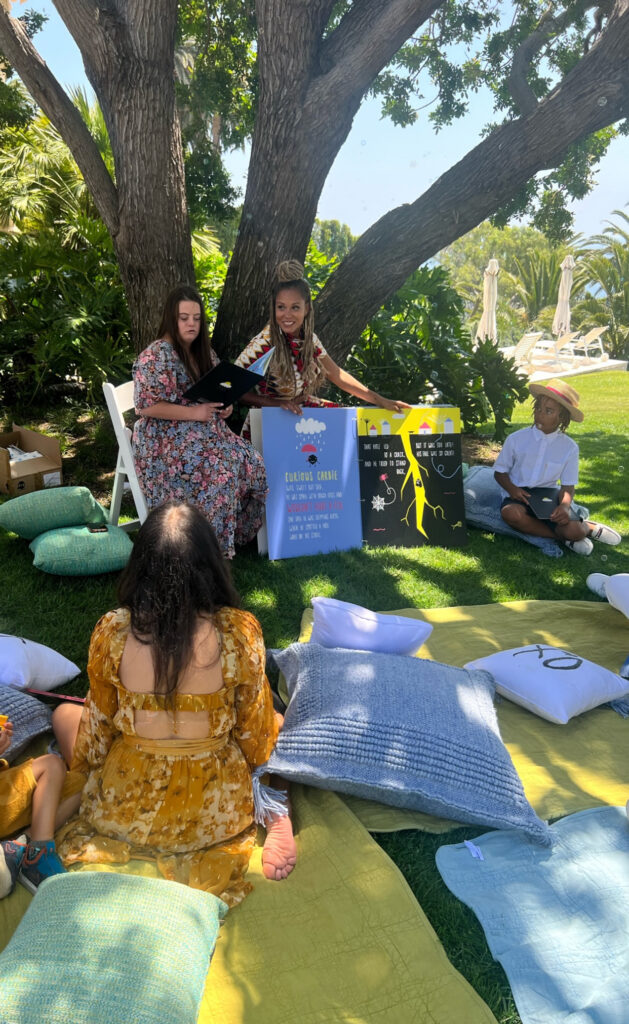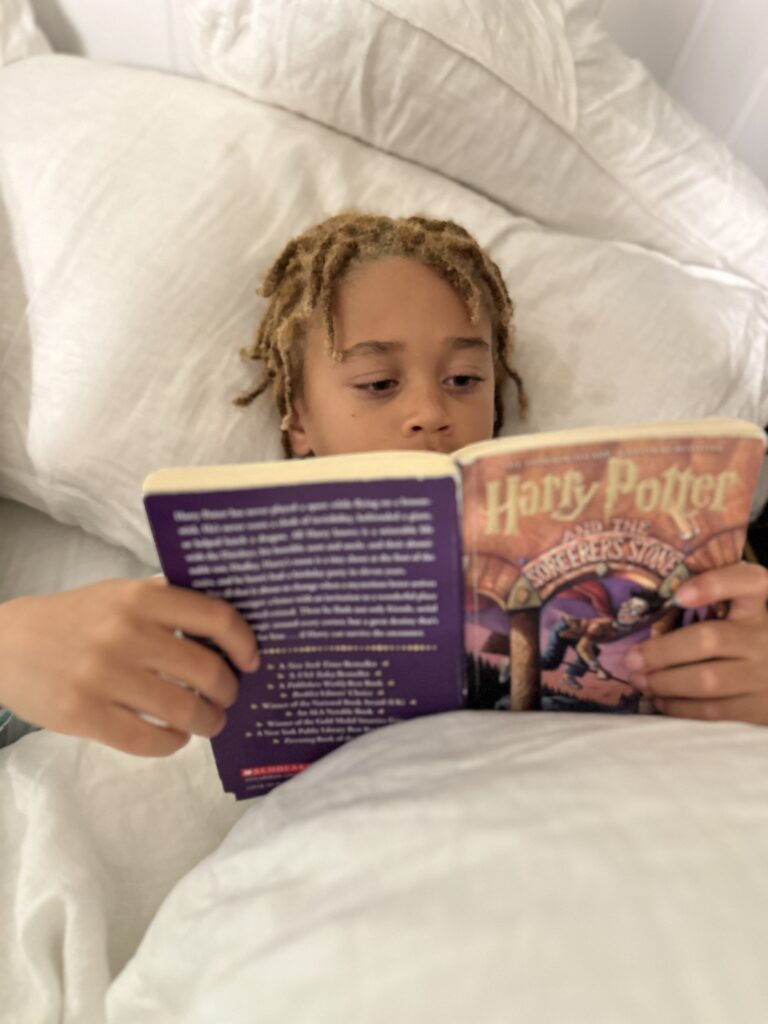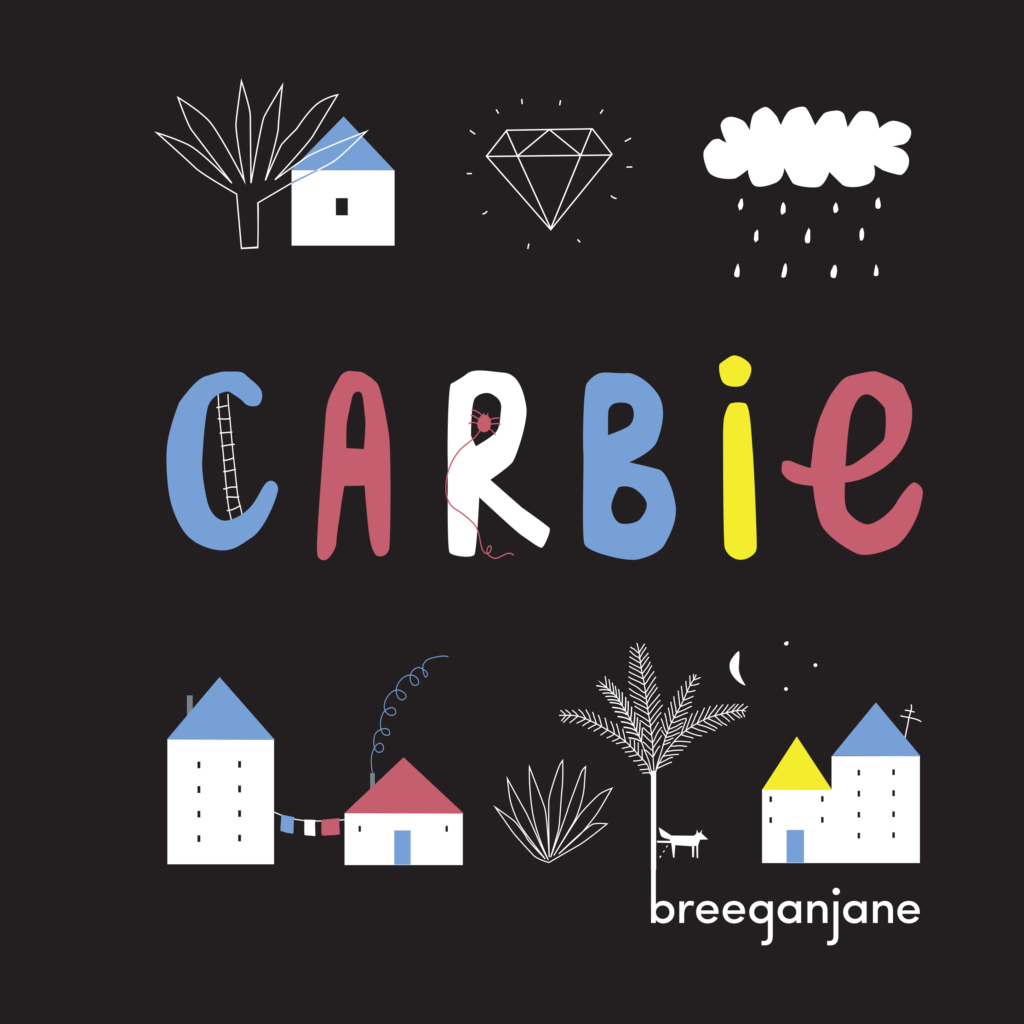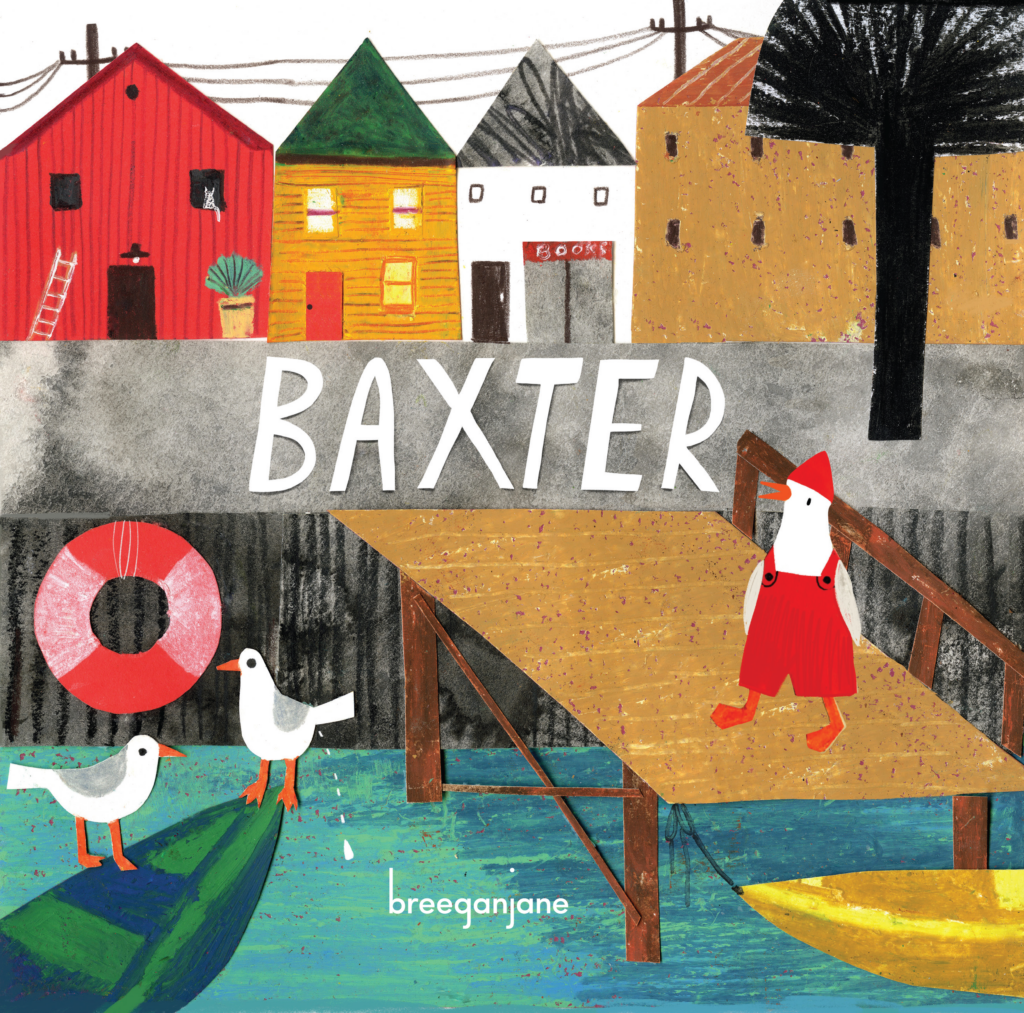I wear a lot of hats in my everyday life. I’m what I like to call a serial entrepreneur, an interior designer who tackles everything from residential and commercial properties to virtual consultations, a philanthropist working to end FGM in Kenya and across the globe, and an author. That last one is especially crucial because I was inspired by the biggest and most rewarding job of all, which is being a mom to my two little boys. I wanted them to love reading for so many reasons. I don’t think you’d get a single argument from anyone regarding the importance of literacy for our kids. However, children’s books can be incredible parenting tools in ways you just might not have considered before. I’ll tell you how we use them in our household in today’s blog.

An Emphasis on Child Literacy
According to The Literacy Project, approximately 45 million Americans are illiterate. That might come as a huge shock, but most studies show we can change this stat by placing an emphasis on early childhood education and literacy. Did you know that there is a strong correlation between the frequency at which a child reads or is read to and higher reading scores? It’s true. Even the number of books in a home can help boost literacy and reading scores in school. Researchers have been examining the link between high school graduation and childhood literacy for decades, and it all points towards encouraging our children to have a positive relationship with books.

Reading is great for a myriad of reasons! Of the simplest, is enjoyment. It’s just plain ol’ fun! Now listen, I’m not a mom who is against screen time. I think everything has a place, and moderation is more realistic than any absolute “rule.” But reading definitely challenges the mind in a different way. When we pick up a book and get engulfed in the story, we are able to “escape” to far away lands without ever actually physically going anywhere at all. Reading helps children develop a healthy imagination. It also helps to increase a child’s vocabulary. Often, books are the first place we see certain words that have never been used in our everyday language. The benefits of reading are bountiful.
Children’s Books: A Parent’s Best Friend
If you’re reading this, you likely have kids at home. And, if you do, you probably know the phases kids go through of asking never ending questions that are impossible to answer. Don’t get me wrong, inquisitive minds are intelligent minds. I never want to stop those wheels from turning, but finding ways to explain why the sky is blue isn’t always easy. The thing is, those types of questions pale in comparison to the more complex inter-relational ones. Talking to kids about things like why skin tones are different from person to person, or why someone only has a grandmother instead of a mom and dad can be difficult. Enter children’s books! The single dad raising a young girl who is about to enter menstruating age can use a book to read with his daughter about her changing body using biologically and anatomically correct terms and easy-to-understand explanations. He doesn’t have to struggle through feeling embarrassed about potentially not knowing all the right things to say.

Children’s books can be used as bridges to reach our children when we don’t quite know how to talk to them about life issues. So many moms and dads avoid tough subjects with their kids because no one talked to them about those matters when they were younger! They don’t have a frame of reference on how to broach the conversations or even an idea of what would be appropriate. Finding books that speak to those topics on a child’s level can help facilitate learning with a much more relaxed air around the conversations, something we can all appreciate.
Baxter and Carbie: Children’s Books by Breegan Jane
I was transracially adopted from birth, so you can imagine that life for me has been…a unique experience, lol. Being raised in a family that you looked nothing like definitely required a few conversations before I had an understanding of my origin story. Books were huge in our household growing up, and I knew I wanted my boys to have that experience and opportunity as well. I wrote my first children’s book, Carbie, with a goal of teaching kids about what it means to persevere and be resilient. Those are big words that have complex meanings. But when you break them down on a child’s level, they are actually quite simple.

Carbie is the tale of a little piece of carbon that gets stuck in a tight space and has to struggle to get out safely. He has all the feelings and emotions you would expect. In fact, he almost gives up. But as he continues to try and wiggle free, he learns that he’s changed into something beautiful and sparkling. His hardwork and effort paid off, and he understands that not giving up can have amazing rewards. I wrote Carbie to teach kids not to shy away from hard tasks and problems they encounter in life. I want children to know that they can handle difficult moments and come through them even stronger and better than they were before! It’s a lesson good for every age if we’re honest!
Lessons in Acceptance
Baxter is my second children’s book. Baxter is a little birdie who lives in a neighborhood full of other animal friends that he loves to see each day. On one particular walk through the neighborhood he realizes that each of the animals has a different kind of friend and living situation. Some of them look alike or are identical, while others are completely different. Some like to do the same things and others do not. He starts to realize that he has friends, but contemplates the meaning of a best friend. In the end, Baxter comes to understand that every individual, family, group or pairing is different, and that is okay. Baxter is about recognizing differences and seeing them positively. When I became a single mom, I realized that my boys were going to get older and wonder why some of their friends’ home lives looked very different from their own. I didn’t want them to grow up believing the world’s opinion on singledom. I also wanted the subject of variations in families to be open conversation.

Hard topics are easy to push under the rug. Many parents would rather leave those to someone else, a teacher, community leader, church, to have. But education and acceptance starts at home. I love using books to help my sons understand the difficulties of their world. Uncomfortable topics shouldn’t be taboo; they should be embraced with patience and love. Children’s books with fun illustrations and comprehensible language is an excellent place to begin! If you’re looking to add to your child’s home library, check out Carbie and Baxter! You won’t regret encouraging early literacy. Let’s get reading!





replies (0)